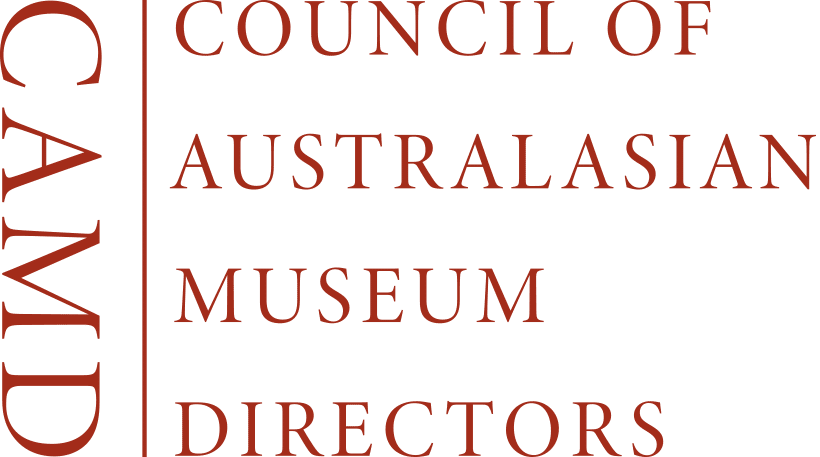Imma Perfetto, 40+ Aboriginal and Torres Strait Islander STEM leaders, Cosmos, 9 July 2024
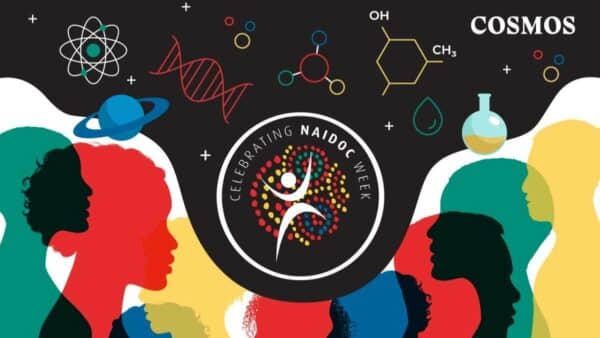
This year, NAIDOC Week is held across Australia from 7-14 July to celebrate and recognise the history, culture and achievements of Aboriginal and Torres Strait Islander people.
This year’s theme, chosen by the National NAIDOC Committee, is Keep the Fire Burning! Blak, Loud & Proud.
“’Blak, Loud, and Proud’ encapsulates the unapologetic celebration of Indigenous identity, empowering us to stand tall in our heritage and assert our place in the modern world,” says National NAIDOC Committee Co-Chair, Aunty Lynette (Dr) Riley.
Cosmos created this list of 41 Aboriginal and Torres Strait Islander STEM leaders in collaboration with CSIRO, the Australian Council of Learned Academies (ACOLA), and Australia’s five Learned Academies – Australian Academy of the Humanities, Australian Academy of Science, Academy of the Social Sciences in Australia, Australian Academy of Technological Sciences and Engineering and Australian Academy of Health and Medical Sciences.
These individuals are being recognised for their excellence across the career spectrum – from established leaders in their fields, to early and mid-career researchers, and the next generation of STEM trailblazers.
The list is neither exhaustive nor posted in any particular order.
Archaeology
Archaeologist Dr Chris Wilson is a Ngarrindjeri man who has researched First Australians throughout the Lower Murray River and Coorong regions of south-eastern Australia for more than 20 years. His interests focus on Indigenous cultural heritage, repatriation of Indigenous ancestral remains and critical race studies.
Zoe Rimmer is a Pakana (Tasmanian Aboriginal) community member and is a highly regarded for her work in museum and cultural management. After serving as a senior curator of First Peoples Art and Culture at the Tasmanian Museum and Art Gallery, she has recently finished her PhD focusing on repatriation, cultural revival and First Peoples museology.
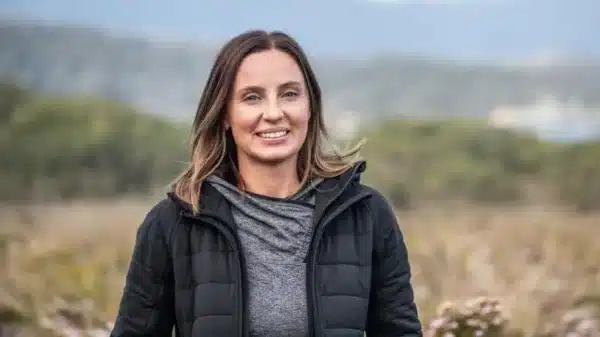
Biology and ecology
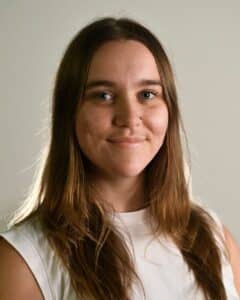
Science communicator Alana Dooley is a Kaurna Narungga woman born and raised on Whadjuk Noongar Boodja in Western Australia. She is pursuing a double degree in Coastal and Marine Science and Professional Writing and Publishing at Curtin University in Perth, Western Australia.
Camille Goldstone-Henry is Kamilaroi woman and experienced conservation biologist who worked for years to save endangered species like the Tasmanian devil and Sumatran tiger. More recently, she co-founded Xylo Systems – a cloud-based platform which uses artificial intelligence to help businesses measure and manage their biodiversity footprint.
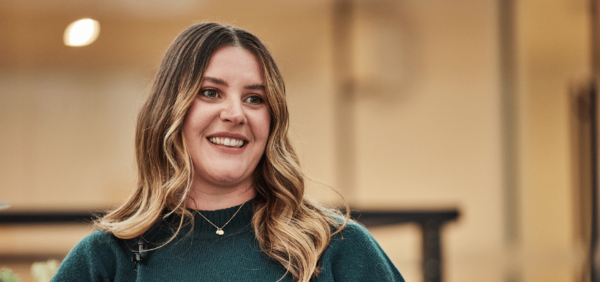
Dr Jodie van de Kamp is a Palawa woman and Research Group Leader for Aquatic Ecosystem Processes in Environment at CSIRO in Hobart. Using molecular ecology, she observes and assesses biodiversity and ecological health, especially in coastal environments, focusing on the effects of human activities and long-term ocean health trends.
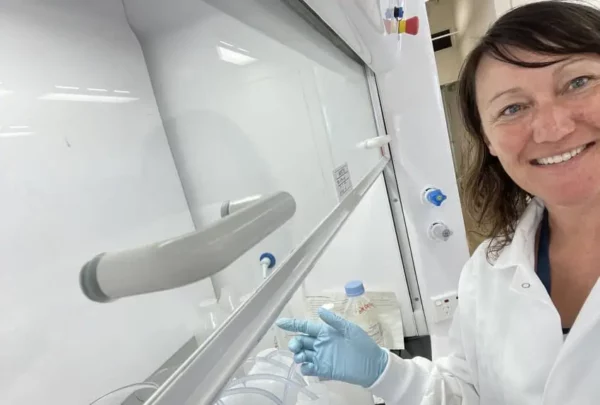
Dr Joe Greet is a Koori man and riparian ecologist at the University of Melbourne. He works collaboratively on research to inform restoration of wetland ecosystems including through restoration of swamp forests that provide critical animal habitat, developing Traditional Owner-led research and management programs to Care for Birrarung’s billabongs, and understanding and managing the impacts of feral deer on native vegetation.
Dr Mitchell Gibbs is a Thunghutti man through kinship of the Dunghutti nation and a postdoctoral researcher in the School of Geosciences at the University of Sydney. With a PhD in marine biology/biochemistry, his research centres on Indigenous practices around shellfish and coastal management and the incorporation of Indigenous knowledge into modern management practices and curriculums.
Vanessa Sewell is a Worimi woman developing the technology needed to create a sustainable and affordable vaccine that could protect livestock from internal parasites. She is currently studying for a PhD at the University of New England, in Armidale, New South Wales, where she is also an associate lecturer in Indigenous Knowledges.
Education
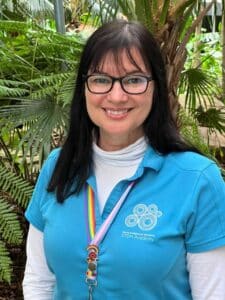
Kim Dyball is a Kalkadoon woman and educator with 30 years of experience in Indigenous education, training and employment. She leads the Young Indigenous Women’s STEM Academy at CSIRO, which is empowering more than 600 young Indigenous women to change the landscape of the STEM workforce and increase Indigenous women’s economic prosperity.
Tamia Blackwell is a Narungga woman and Aboriginal Education Teacher. She was inspired by Professor Chris Matthews’ work to create a workshop based on an alternative way of teaching maths to Indigenous children using culture-based storytelling, through a combination of Indigenous story, dance and maths. She also designs, leads and MCs the annual STEM Aboriginal Learners Congress.
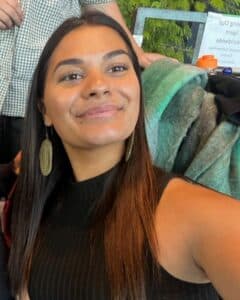
Engineering, mathematics, and technology
Professor Chris Matthews is a Noonuccal man from Quandamooka country internationally renowned as a leader in mathematics education for Indigenous learners. His new pedagogical approaches acknowledge the cultural challenges faced by Indigenous mathematics students. He has also made impactful cross-cultural contributions working with remote Indigenous communities while influencing national mathematics education policy and curricula at both State and National levels.
Gullara McInnes is an Indigenous woman using drone technology for cultural and environment preservation, including mapping cultural heritage sites. She is passionate about Indigenous inclusion and participation in the intersections of culture and technology. Gullara is currently undertaking a Bachelor of Science-Law at James Cook University in Queensland.
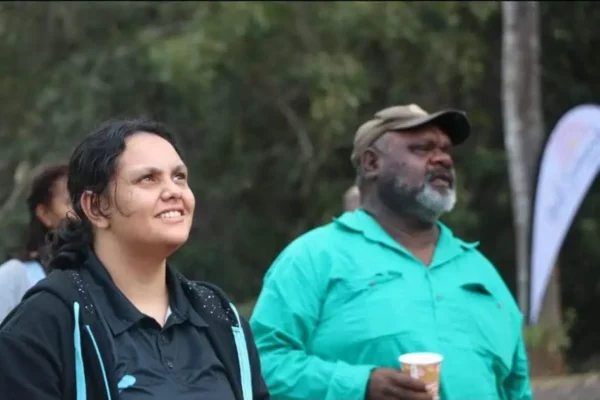
Applied mathematician Dr Jordan Pitt is a descendant of the Birri Gubba people, and associate dean of Indigenous Strategy and Services at the University of Sydney. He completed his PhD developing methods to model the inundation caused by tsunamis and storm surges and his current research focuses on modelling the interaction between ocean waves and sea ice. This interaction influences the annual growth and melt of sea ice, which is a key indicator and driver of the Earth’s climate.
